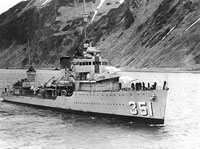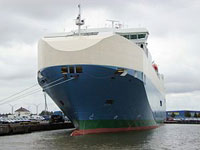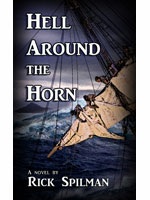 Joan Druett, award winning maritime historian and novelist, recently reviewed Hell Around the Horn for Historic Naval Fiction.
Joan Druett, award winning maritime historian and novelist, recently reviewed Hell Around the Horn for Historic Naval Fiction.
Those Gallant Seamen Get their Story Told at Last
Ringing with authenticity, this nail-biter is a tale of battling wind and weather to sail from the Atlantic to the Pacific via the most dreaded landmark in the sailor’s lexicon, Cape Horn.
Stories of ships in the Age of Sail are usually told from the quarterdeck, and the fight is against other ships. Rick Spilman’s novel, by contrast, revisits the windjammer era when men fought the elements with just rope and canvas, using muscle and willpower to get a freight to a destination. In the tradition of old salts who once wrote hugely popular stories of life under sail — men like “Shalimar” (F. C. Hendry), Captain F. Coffin, Jan de Hartog and Alexander Bone — “Hell Around the Horn” tells it like it was for the ordinary people who lived unthinkably dangerous lives at sea, from the point of view of the foc’sle and the half-deck, as well as the cabin.
Based on real events, this is the story of one captain’s struggle to get his ship to port, with just his seafaring knowledge and his increasingly weary crew to help, and with the added problem of a bloodyminded mate. A detail I particularly liked was that he had his wife and family with him. Spilman reveals her experiences through her letters, which are as convincingly written as the rest of the book.
Thoroughly recommended to all salt water souls, armchair sailors in particular.
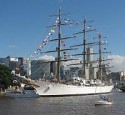 On October 2, the government of Ghana seized the Argentine navy sail training ship Libertad in the port of Tema on behalf of US billionaire Paul Singer. The government of Argentina appealed the seizure to the U.N. International Sea Tribunal in Hamburg, Germany. Today the tribunal ruled that Ghana must release the ARA Libertad and its crew “immediately and unconditionally.”
On October 2, the government of Ghana seized the Argentine navy sail training ship Libertad in the port of Tema on behalf of US billionaire Paul Singer. The government of Argentina appealed the seizure to the U.N. International Sea Tribunal in Hamburg, Germany. Today the tribunal ruled that Ghana must release the ARA Libertad and its crew “immediately and unconditionally.”
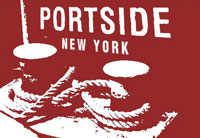 Really great news about the tanker,
Really great news about the tanker, 
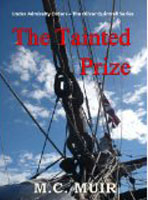 The Tainted Prize
The Tainted Prize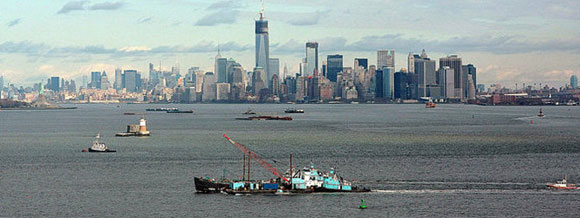
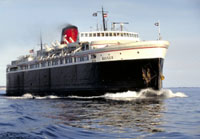 We recently
We recently  The government of Australia plans to establish the
The government of Australia plans to establish the The
The 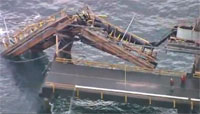 At around 1 AM on Friday morning, the
At around 1 AM on Friday morning, the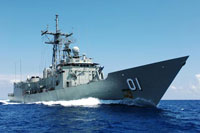 The transition from warship to artificial reef
The transition from warship to artificial reef 